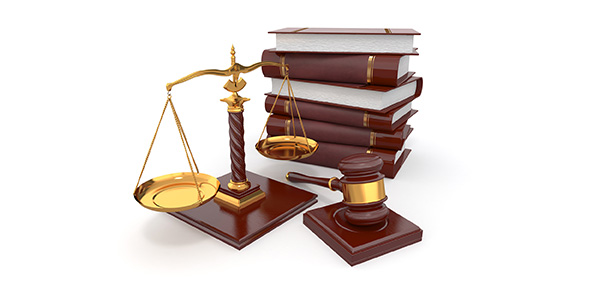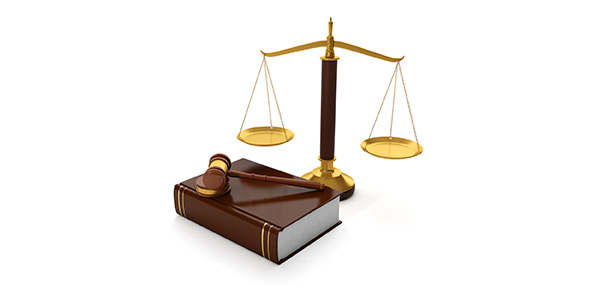Related Flashcards
Related Topics
Cards In This Set
| Front | Back |
|
"miniature adults" vs. dependent
|
Shift caused by social and structural change
|
|
Miniature adults
|
Miniature versions of their parents, similar reponsibilities, could do everyuthing that adults could but had no legal rights. This was the norm up until the renaissance and the colonial era.
|
|
Dependent
|
Came about in the last half of the 19th century. children were viewed as innocent and needed to be protected and vulnerable. kicked off by the social and structural change during the industrial revolution.
|
|
Adolescence (10-11) and adulthood (17/18)
|
Did not exist before the industrial revolution. constructed around the same time as childhood in the late 19th century by the Child Study Group (scientific group composed of bilologists and psychologists who studied developmental stages; lead by G. Stanley Hall). This was a white upper class ideal. immigrants and black people relied on children to work their farms.
|
|
3 big laws brought about by progressives
|
Compulsory school attendance laws, child labor laws, and the juvenile court
|
|
Compulsory school attendance laws
|
Mainly and economic motivation. children required to go to school for a set period of time each year, provdies control over children, promotes literacy for smarter and more efficent workers.
|
|
Child labor laws
|
Age limits, hour limit, and they have to be paid a certain wage. childeren before this law were exploited as cheap labor. unions had a better hold b/c it reduced competition between youths and adults. also increased financial dependency of adolescence and children.
|
|
First juvenile court
|
Cook county, Illinois in 1899
|
|
Consensus model
|
Law is a visible symbol of societies collective conscience (based on shared values).
|
|
3 key juvenile institutions in order
|
1) Houses of refuge
2) reform schools
3) Juvenile courts
|
|
Houses of refuge
|
Formal beginning of juvenile justice system. Child Savers didn't want to lock up kids with adults and tehy wanted to keep kids off the streets who were just hanging out and out of work. First house opened in NY in 1825. Focused on Labor (6-8 hrs/day), education (3 hrs.) and moral as well as reliigious counseling. Used age graded differentiation, indeterminate sentences, and gave broad legal power to adults (children could be committed by any adults for doing anything un-normative).
|
|
Reform schools
|
Used in rural settings as opposed to the city. Designed to be like a house with a mom and dad watching over 12-15 children. Primarily focused on labor and military drill. First one opened in Westboro, Mass in 1849. Child Saving Principles included segregating older and younger offenders, removal of a troubled youth from his environment, commission without trial or due process (kids were being treated, not punished), indeterminate sentences, and no luxuries. Cottage plans were similar except the houses were made to look more like homes and less like prisions.
|
|
Juvenile Justice Court
|
Daniel O'Brien case- kid simpily sent to a house of refuge in chicago just for being poor, dod not commit a criminal offense. Court ruled that he was being punished, not treated, and he wasn't tried in front of a court. Kids could only be sent if they had committed a felony offense. Illinois Juvenile Court Act of 1899 established separate juvenile courts in Cook county, Illinois. Underlying principles of this new court system was parens patriae. Gave the court unparalleled discretion, made courts paternalistic instead of adversarial, and they need a proponderance of evidence instead of beyond a reasonable doubt (lower standard of guilt). Juveniles did not get lawyers, appeals, or hearsay evidence (but now they do). Hearings in Juvenile Courts were confidential and private, kids were dispositioned instead of sentenced, records were not open to public or media, proceedings were informal (less like a court), and nor formal distinctions made between delinquents and neglected children. Judicial Therapist (doctor/counselor formula, judeges to establish a 1-1 relationship with kids.). Personalized justice: learn as much about as a kid as you can (lifestyle, environment, immigration, religion, family, poor, rich), evaluated kids life (not his act), and used indeterminate or non-proportionate (different for every child, had nothing to do with what you did). Reality of child savers reforms were that kids in facilities were subject to hard labor and strict punishments and that due to more professionalism among working class corrections officers a more pragmatic goal of maintaining order insted of rehab was started.
|
|
Edifice complex
|
View that the solution to human problems is a new institution. Cycles through, instead of looking at a problem, they just build an institution, which becomes inhumane, so you build a new one.
|
|
Establishment of training school and juvenile court in Memphis, Tenn
|
Shelby County Industrial and Training School for Kids (example of child saving designed by upper class for lower class; there was a need to get kids off the streets). 90% of the founders of the school were upper class. Memphis Juvenile Court: 74% of ppl who established it were upper class. Most kids who went through it were lower class property or status offenses.
|





